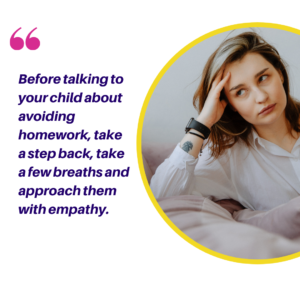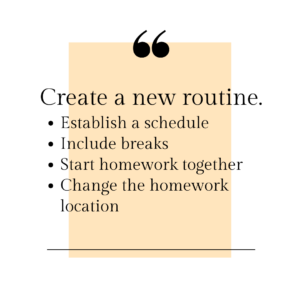ADHD (Attention-Deficit Hyperactivity Disorder) is often the subject of jokes, quips, and casual excuses, but living with the real thing is no joke at all.
ADHD is most often diagnosed in children and teens, but symptoms can continue or even manifest themselves into adulthood. Experts aren’t sure what causes ADHD, but research shows that genetics plays an important role. Know that if you have an ADHD diagnosis, you’re not alone and it’s not a “new” condition – in fact, descriptions of the disorder date to as early as 1902. The good news is, today we better understand the condition and how to help manage it.

ADHD has nothing to do with how smart you are. A study in Germany found that some characteristic traits, such as hyperfocus, make those with ADHD great entrepreneurs. However, if you aren’t aware of the symptoms, ADHD can make even the routines of life into a daily struggle.
Many people with ADHD face tough challenges staying on task without being distracted. It may be hard to complete day-to-day tasks on time, like schoolwork or chores. They may hyper-focus on one task or aspect of a task (for example, one paragraph of an essay) and struggle to move on.
It’s hard to stay ‘in the zone’ and to work efficiently. It’s hard to listen carefully, to take your time, to wait. People living with ADHD may make careful to-do lists but have trouble estimating time commitments and following through to get jobs done, even with the best of intentions.
Not surprisingly these minute-to-minute and day-to-day challenges and perceived failures can lead to feelings of guilt, stress, anxiety, and depression.

Over time, the ADHD community has identified and developed a number of coping mechanisms and strategies that help people to live and function successfully with the disorder. Here are a few tips that might help to boost productivity and concentration. Even if you do not have ADHD, this advice may be useful!
How can you increase productivity?
- Avoid Multitasking – Try focusing on one task at a time. While this may be difficult in some situations, there are ways to avoid multitasking and get things done. Create a list of all your tasks and rank them by priority from most to least important. This may help you to stop jumping from task to task, becoming overwhelmed, and ultimately succumbing to paralysis and procrastination. You can use this strategy not only at school or work, but also for house chores, appointments, event planning, and all the other small tasks that make up a day. If you tend to misjudge how long something will take, check with someone who can help you make more accurate time estimates.
- Manageable intervals- Did procrastination kick in? Manage your workload in intervals. In track and field sports, intervals are a series of high-intensity workouts interspersed with rest or relief periods. You can apply this approach to your to-do list. Try breaking down tasks into 45 minutes of full focus, followed by a short break to recharge and repeat. The goal is not to speed through your work, but to make steady progress and also to take time for a self-care break, so you can come back fresh and focused! This will help you manage big workloads, get stuff done, and avoid procrastination.
- Set up a work zone – If you attend classes remotely, have a lot of homework, or work from home, you probably already know how difficult it is to work without a designated area. Having a work zone helps you not only feel comfortable while working, but it also helps with productivity. This dedicated space will help your mind to transition into focus mode. Your work zone doesn’t have to be fancy as long as you keep it organized and neat to keep your mental space from feeling cluttered. We recommend that you avoid working from your bed, as it can signal your brain to think about work when you’re trying to sleep. This will only decrease your sleep quality as well as your energy level.
- Devices – If devices are too distracting, perhaps a friend or family member can take charge of them for you while you work. Perhaps you just want to turn off notifications or set your device somewhere out of your line of sight. If procrastination is a problem, decide in advance what strategy will best help you manage device use while you are in work mode. Learn more about how your phone is a roadblock to productivity.
- Hand-Held Fidgets – Do you find yourself scratching, rubbing, picking at your fingers, fidgeting, or engaging in other repetitive behaviors? Having an object like a fidget toy can help you manage small hand/foot movements and calm your thoughts without self-harming. These movements allow people with ADHD to feel focused and to boost their alertness. A fidget toy can be anything from a small ball to roll in your hands, a ball to squeeze, or a pen to play with. See the best ADHD fidget toys for adults here.
- Find an accountability partner- It’s hard to stay disciplined, so ask someone close to you to help you stay accountable regarding goals, routines, and habits. Pick someone who is consistent, and who you can trust. Talk to them regularly about your progress and be honest. Whether you’re trying to be more productive at work, school, or in daily life generally, having someone to help you through it will make it easier to meet your goals. Remember to celebrate every success, small or large!
ADHD productivity tools
These additional tools may help people with ADHD to manage their days, routines, and tasks more easily.
Some helpful tools include:
- Lo-fi music: lo-fi music helps the front lobe in our brain to focus – those low hums can also help the brain to focus. Here is a 24/7 lo-fi stream.
- Brain Focus: a time management app to block apps and quiet notifications
- Calendars: calendars provide a ‘visual’ sense of the passage of time and help you stay organized. You can use physical monthly calendars or digital tools like Google calendars to set reminders and events on your smartphone.
- Brain dump: helps declutter your brain by having a place for your thoughts. You can brain dump by writing all of your thoughts in, a notebook or use your notes app on your computer.
- Todoist: a checklist app with recurring due dates and the ability to share or delegate tasks to others.
- Productive: a habit tracker app to set personal goals, track your progress, and focus on what makes you more productive.
How can we help?
If you or a loved one are overwhelmed and having a hard time staying focused, consider talking to a health professional. A good first step is to look for a safe person and space in which to talk. The Bougainvilla House is here for you, with an understanding and welcoming environment for you and your family. Take that important first step and ask for help.
The Bougainvilla House also offers Parenting Workshops to provide tools and strategies that support healthy families and nurture future generations as they grow.
Call now to find support that works for you and your family: (954) 764-7337.



 Your inner critic voice may surface in times of stress and doubt, pummeling you with extremely judgmental messages about your capabilities, looks, or actions, making you think that “I’m not smart enough” while studying, or calling you names (“stupid,” “fat,” “failure,” “ugly”).
Your inner critic voice may surface in times of stress and doubt, pummeling you with extremely judgmental messages about your capabilities, looks, or actions, making you think that “I’m not smart enough” while studying, or calling you names (“stupid,” “fat,” “failure,” “ugly”). 




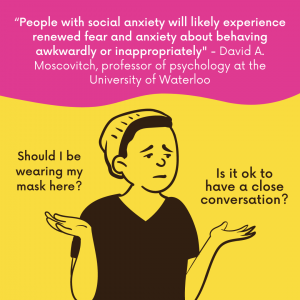




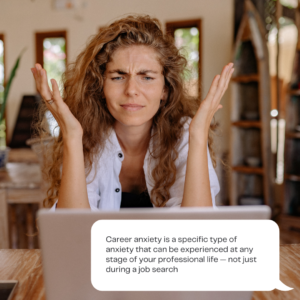
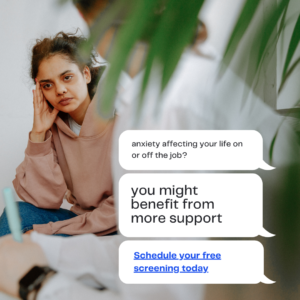

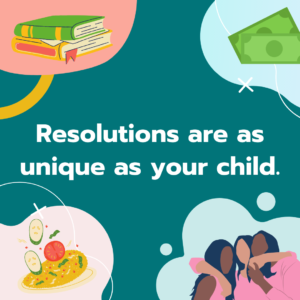
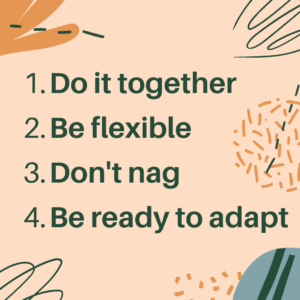 and doing something that’s good for all of you. Some families might enjoy setting up a competition, but keep it healthy and never force anyone to compete if they don’t enjoy it.
and doing something that’s good for all of you. Some families might enjoy setting up a competition, but keep it healthy and never force anyone to compete if they don’t enjoy it.

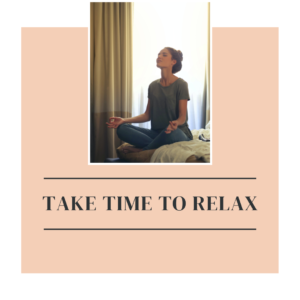 anxiety. A guided body scan meditation can be a great introduction to meditating because the purpose is to check in with yourself and your feelings. Try this
anxiety. A guided body scan meditation can be a great introduction to meditating because the purpose is to check in with yourself and your feelings. Try this 
